Feature recognition of English clauses based on particle swarm optimization algorithm
DOI: 10.23977/jeis.2023.080310 | Downloads: 12 | Views: 1368
Author(s)
Liu Aiqin 1
Affiliation(s)
1 Shandong Vocational College of Light Industry, Zibo, 255300, China
Corresponding Author
Liu AiqinABSTRACT
Feature recognition of English clauses is a basic problem of syntactic analysis. It is the basis of English-Chinese machine translation. A feature recognition method of English clauses based on particle swarm optimization algorithm is proposed. This paper analyzes the characteristics of English clauses, delimits the boundary of clauses, and follows the current optimal particle in the solution space to search the best position through the cooperation and information sharing between particle swarm individuals. The feature set is selected, the crossover and mutation idea of genetic algorithm is introduced, and the crossover operation is carried out to complete the feature recognition of English clauses. The experimental results show that when the threshold P is 50, the recognition accuracy of this algorithm is consistent with that when p is 100, and the recognition accuracy is 93.45%. The accuracy of particle swarm optimization algorithm for English clause feature recognition is high, which remains at about 90%. Compared with the two literature methods, the convergence performance of particle swarm optimization algorithm is better.
KEYWORDS
Particle swarm optimization; English clauses; Feature recognitionCITE THIS PAPER
Liu Aiqin, Feature recognition of English clauses based on particle swarm optimization algorithm. Journal of Electronics and Information Science (2023) Vol. 8: 83-92. DOI: http://dx.doi.org/10.23977/10.23977/jeis.2023.080310.
REFERENCES
[1] Liu Y, Che W, Qin B, et al. Exploring Segment Representations for Neural Semi-Markov Conditional Random Fields. IEEE/ACM Transactions on Audio, Speech, and Language Processing, 2020, 28:813-824.
[2] Huebner J, Girardello A, Sliz O, et al. What People Focus on When Reviewing Your App: An Analysis Across App Categories. IEEE Software, 2021, 38(May-June 2021):96-105.
[3] Zhang Kai, Chen Jianen. Phase Diagram Feature Recognition Method for Multi Defect Parameters of Lattice Sandwich Beam. Computer Simulation, 2022, 39(1):465-470.
[4] Koak A. Turkish tertiary level EFL learners' recognition of relative clauses. Dilve Dilbilimi Çalışmaları Dergisi, 2020, 16(4):1637-1655.
[5] Ao Q, Liu N. Multi-feature recognition of English text based on machine learning. Journal of Intelligent and Fuzzy Systems, 2021, 40(2):2145-2156.
[6] Li C, Raj E D, Namasudra S. Feature Recognition of Abstract Art Painting Multilevel Based Convolutional Ancient Recognition Neural Network Method. Journal of Interconnection Networks, 2021:2141003.
[7] Abeyrathna K D, Granmo O C, Goodwin M. Extending the Tsetlin Machine with Integer-Weighted Clauses for Increased Interpretability. IEEE Access, 2021, 9:8233-8248.
[8] Solimine M E. Recognition and enforcement of foreign judgments in American courts and the limits of the law market model. Theoretical Inquiries in Law, 2022, 23(1):97-117.
[9] Su J C, Choi S W, Kim J H, et al. AI and Text-Mining Applications for Analyzing Contractor's Risk in Invitation to Bid (ITB) and Contracts for Engineering Procurement and Construction (EPC) Projects. Energies, 2021, 14(15):1-28.
[10] Wang L, Cao X, Li M. English Letter Recognition Based on Tensor Flow Deep Learning. Journal of Physics: Conference Series, 2020, 1627(1):012012 (6pp).
[11] Sl A, Bz A, Sz A, et al. Local discriminant coding based convolutional feature representation for multimodal finger recognition - ScienceDirect. Information Sciences, 2021, 547:1170-1181.
[12] Liu X. Feature Recognition of English Based on Deep Belief Neural Network and Big Data Analysis. Computational Intelligence and Neuroscience, 2021, 2021(6):1-10.
[13] Li P, Jiang S. Analysis of the characteristics of English part of speech based on unsupervised machine learning and image recognition model. Journal of Intelligent and Fuzzy Systems, 2020, 39(99):1-11.
[14] Inunganbi S C, Choudhary P. Recognition of Handwritten Meitei Mayek and English Alphabets Using Combination of Spatial Features// 2020.
[15] Mohammed A J, Al-Khaffaf H. Font Recognition of English Letters Based on Distance Profile Features. Science Journal of University of Zakho, 2020, 8(2):66-71.
[16] Liu D, Tang D, Zhang S, et al. Method for feature analysis and intelligent recognition of infrasound signals of soil landslides. Bulletin of Engineering Geology and the Environment, 2020, 80(3):1-16.
[17] Yue X. Woodworking Tool Wear Condition Monitoring during Milling Based on Power Signals and a Particle Swarm Optimization-Back Propagation Neural Network. Applied Sciences, 2021, 11(19):9026.
[18] Guo L, Zhang X. Adaptive Sliding Mode Active Disturbance Rejection Control of PMLSM Based on Simulated Annealing Particle Swarm Optimization Algorithm// 2021 13th International Symposium on Linear Drives for Industry Applications (LDIA). 2021.
[19] Norwahidayah S, Norania h, N Farahah, et al. Performances of Artificial Neural Network (ANN) and Particle Swarm Optimization (PSO) Using KDD Cup '99 Dataset in Intrusion Detection System (IDS). Journal of Physics: Conference Series, 2021, 1874(1):012061 (8pp).
[20] Dhindsa I S, Gupta R, Agarwal R. Binary Particle Swarm Optimization-Based Feature Selection for Predicting the Class of the Knee Angle from EMG Signals in Lower Limb Movements. Neurophysiology, 2022, 53(2):109-119.
[21] Nabi S, Ahmed M. PSO-RDAL: particle swarm optimization-based resource- and deadline-aware dynamic load balancer for deadline constrained cloud tasks. The Journal of Supercomputing, 2022, 78(4):4624-4654.
[22] An G, Jiang Z, X Cao, et al. Short-term Wind Power Prediction Based On Particle Swarm Optimization-Extreme Learning Machine Model Combined with Adaboost Algorithm. IEEE Access, 2021, 9:94040-94052.
[23] Purushothaman K E, V Nagarajan. Multiobjective optimization based on self, rganizing Particle Swarm Optimization algorithm for massive MIMO 5G wireless network. International Journal of Communication Systems, 2021(5).
[24] Xu J. Online Adaptive PID Control for a Multi-Joint Lower Extremity Exoskeleton System Using Improved Particle Swarm Optimization. Machines, 2021, 10.
| Downloads: | 13730 |
|---|---|
| Visits: | 579936 |
Sponsors, Associates, and Links
-
Information Systems and Signal Processing Journal

-
Intelligent Robots and Systems

-
Journal of Image, Video and Signals
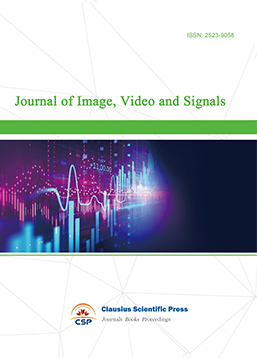
-
Transactions on Real-Time and Embedded Systems
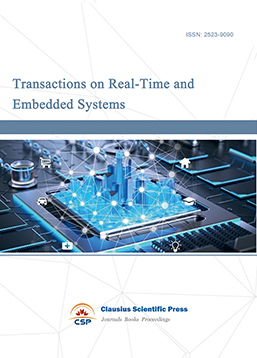
-
Journal of Electromagnetic Interference and Compatibility
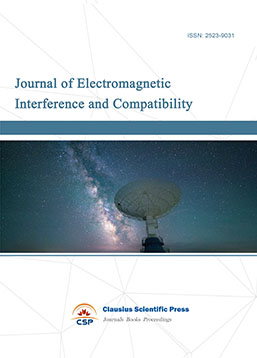
-
Acoustics, Speech and Signal Processing
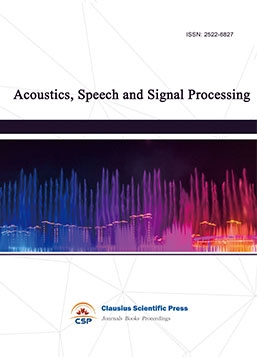
-
Journal of Power Electronics, Machines and Drives
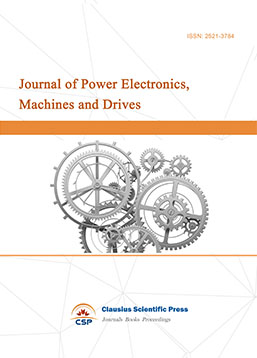
-
Journal of Electro Optics and Lasers

-
Journal of Integrated Circuits Design and Test
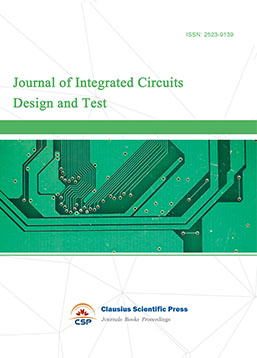
-
Journal of Ultrasonics
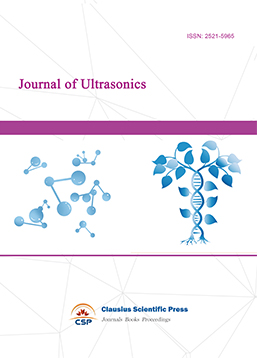
-
Antennas and Propagation
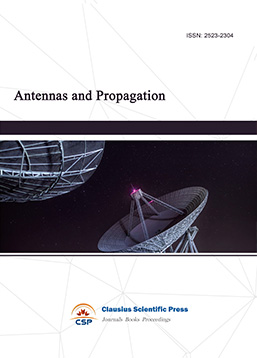
-
Optical Communications
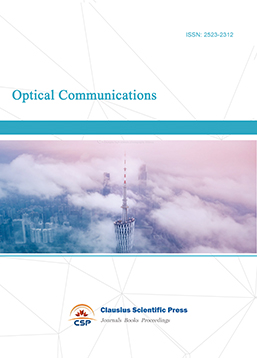
-
Solid-State Circuits and Systems-on-a-Chip
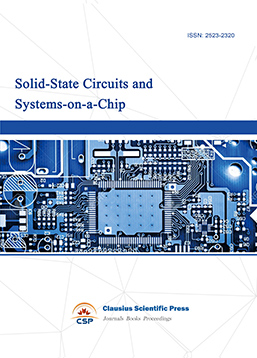
-
Field-Programmable Gate Arrays

-
Vehicular Electronics and Safety
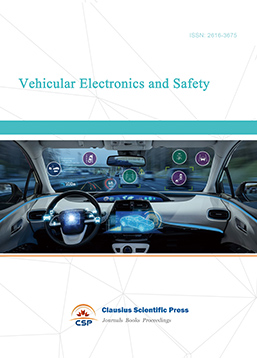
-
Optical Fiber Sensor and Communication
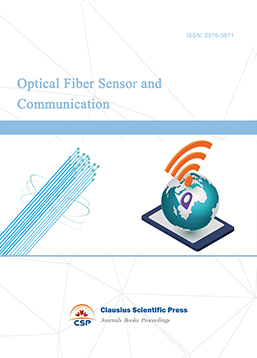
-
Journal of Low Power Electronics and Design
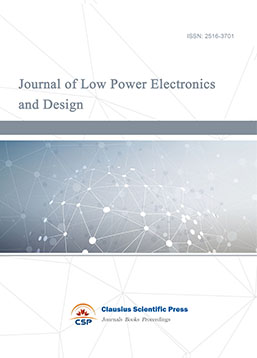
-
Infrared and Millimeter Wave
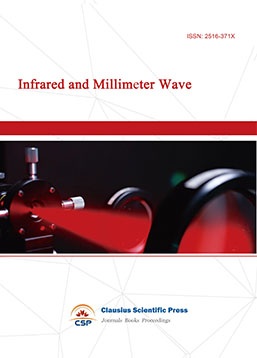
-
Detection Technology and Automation Equipment
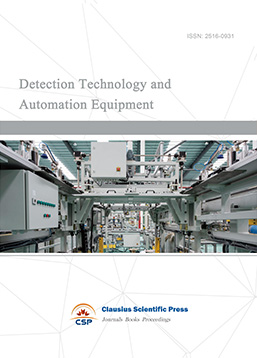
-
Journal of Radio and Wireless

-
Journal of Microwave and Terahertz Engineering
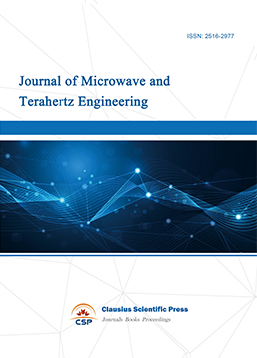
-
Journal of Communication, Control and Computing
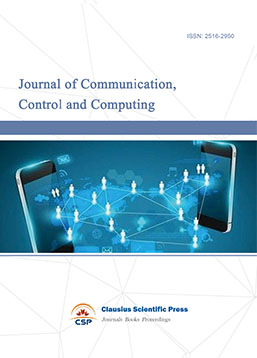
-
International Journal of Surveying and Mapping
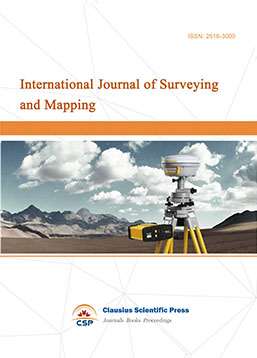
-
Information Retrieval, Systems and Services
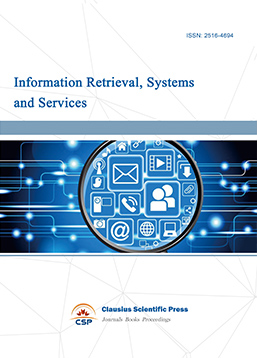
-
Journal of Biometrics, Identity and Security

-
Journal of Avionics, Radar and Sonar
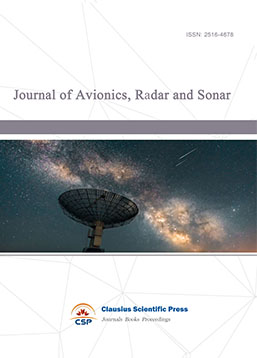

 Download as PDF
Download as PDF